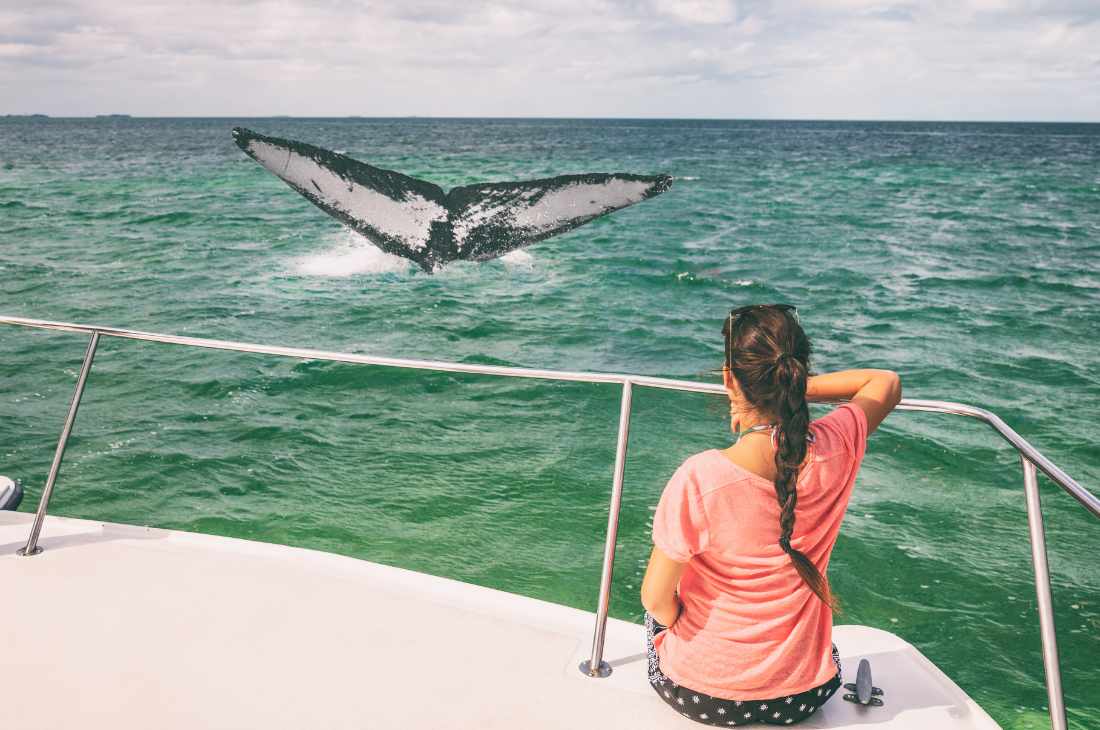
Spotting Marine Life on Your Boating Excursions
Boating offers a unique opportunity to immerse yourself in the natural world and observe marine life in its natural habitat. From majestic whales to playful dolphins and colorful fish, the ocean is filled with fascinating creatures waiting to be discovered. Whether you're a seasoned boater or a novice enthusiast, here's your comprehensive guide to wildlife watching on your next boating adventure.
Choosing the Right Location
The first step in successful wildlife watching is choosing the right location. Look for areas known for their rich biodiversity and abundance of marine life. Coastal regions, bays, estuaries, and offshore islands are all prime spots for wildlife sightings. Research local marine reserves, protected areas, and designated whale watching zones for the best chances of encountering marine mammals and other creatures.
Understanding Marine Habitats
Once you've chosen your boating destination, it's essential to understand the different marine habitats and where to look for wildlife within them. Coastal waters are home to a diverse array of marine life, including seabirds, seals, sea lions, and otters. Keep an eye out for kelp forests, rocky shorelines, and shallow reefs, where many species congregate to feed and seek shelter.
Best Times for Wildlife Watching
Timing is crucial when it comes to wildlife watching. Many marine species follow seasonal migration patterns or have specific times of day when they are most active. Plan your boating excursion during times when wildlife activity is highest, such as early morning or late afternoon. Research the best times of year for wildlife sightings in your area and schedule your trip accordingly.
Patience and Observation
Wildlife watching requires patience and keen observation skills. Be prepared to spend time scanning the horizon, watching for signs of activity such as splashes, blows, or seabirds diving for food. Use binoculars or a spotting scope to get a closer look at distant wildlife. Avoid making sudden movements or loud noises that could startle animals and cause them to retreat.
Responsible Wildlife Viewing
As boaters and wildlife enthusiasts, it's essential to prioritize the well-being of the animals we encounter. Follow guidelines for responsible wildlife viewing, such as maintaining a safe distance from marine mammals and avoiding actions that could disturb or harass them. Keep noise levels to a minimum and avoid approaching animals too closely or blocking their path.
Common Marine Species: What to Look For
Keep an eye out for some of the most common marine species you may encounter on your boating excursions:
- Whales: Look for blows, breaches, or fluke dives, and listen for whale vocalizations using a hydrophone.
- Dolphins and Porpoises: Keep an eye out for dorsal fins and playful behavior, such as riding the bow wave of your boat.
- Seabirds: Watch for diving seabirds, such as gulls, terns, and pelicans, which may indicate the presence of fish or other prey.
- Seals and Sea Lions: Look for hauled-out individuals basking on rocks or beaches, or swimming in coastal waters.
Wildlife watching is a rewarding and enriching experience that allows boaters to connect with the natural world and gain a deeper appreciation for marine life. By choosing the right location, understanding marine habitats, timing your excursions, practicing patience and observation, and following guidelines for responsible viewing, you can maximize your chances of encountering fascinating marine creatures on your next boating adventure.
